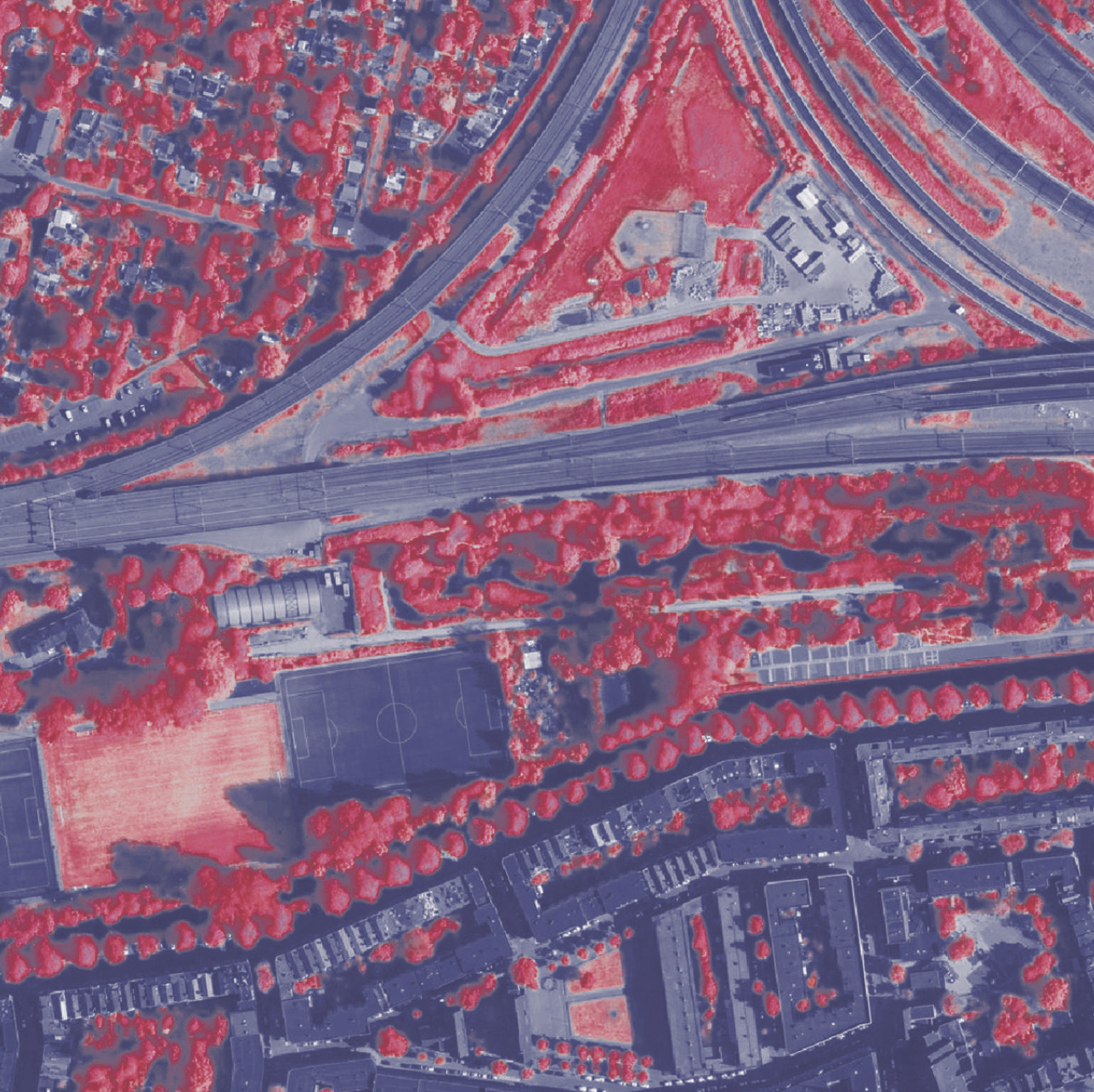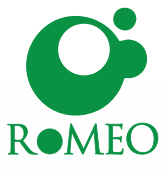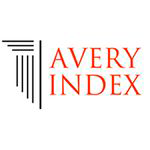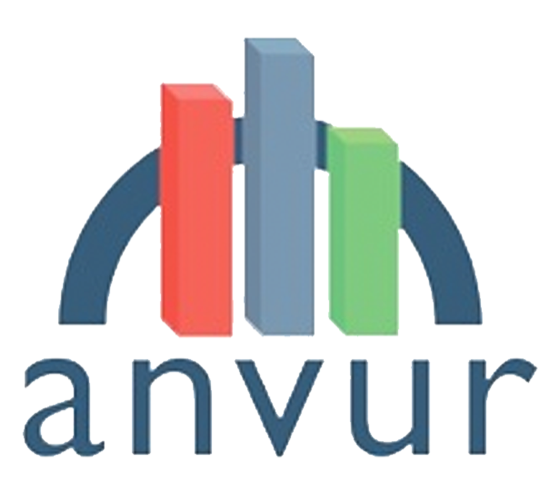Transformation of an Anthropic Ecosystem
Essenburg Park Between Physical Experience and Digital Representation
Abstract
Abstract / English
Revolving around the author’s understanding of the Essenburg Park of Rotterdam, the essay describes an experience of a place between its physical perception and digital representation. After outlining the park’s history, alternating anthropic and natural reclamations, the process of societal appropriation that transformed an abandoned shunting yard into a park is narrated, focusing on its ecological and cultural significance. The place embeds the sense of belonging of a community, maintaining traces of its past and the unique biodiversity, tamed only to allow visitors to traverse it. The park’s description is followed by one of an experiment carried out on-site, aimed at evaluating the potentialities and criticalities of emerging technology in mapping its ecologically rich ecosystem. Referencing the traditional practice for botanical surveys of mapping sections of changing ecologies, traditionally done by sight, lidar scans and digital data interpretation are used. The survey’s peculiarity was that a designer acted as the stakeholder for the geomatic students carrying it, enabling a reflection on the potentialities and limitations for spatially representing a chosen environment, operated first remotely and later on-site. More than the outputs produced, is relevant the process and the description of the place provided, questioning procedures and representing aspects not perceivable on site. Ultimately, this fosters a reflection on perception and narratives surrounding a place, collection of data and the active role of the observer in selecting and interpreting it, also as a potential aspect to account for or to steer the designers in understanding a complex site and conceiving its transformation.
Abstract / Mother tongue: Italian
A partire dalla descrizione del Parco Essenburg di Rotterdam, il saggio racconta un luogo intrecciando gli aspetti legati alla sua percezione fisica a quelli relativi alla sua rappresentazione digitale. Dopo aver delineato la storia del parco, caratterizzata da conquiste e riconquiste sia antropiche che naturali, viene raccontato il processo di appropriazione di quest’area, originariamente occupata da uno scalo ferroviario, da parte di una comunità che lo ha trasformato in parco, mantenendo le tracce dei suoi usi passati e la biodiversità sviluppatasi nel periodo di abbandono, addomesticata solo per permetterne l’attraversamento. Alla descrizione del parco segue quella di un esperimento condotto in situ, finalizzato a valutare le potenzialità e le criticità di tecnologie emergenti per la mappatura del suo ecosistema. Facendo riferimento alla metodologia di mappatura attraverso transetti ecologici, tradizionalmente operata a vista dagli ecologi, sono stati effettuate scansioni Lidar ed elaborazioni digitali dei dati raccolti, con un progettista come stakeholder per le mappature eseguite dagli studenti di geomatica. Questo ha consentito una riflessione sulle potenzialità e limiti per le tecnologie emergenti nella rappresentazione e descrizione di un ecosistema, operata prima da remoto e poi in loco. La riflessione proposta, soffermandosi sulla descrizione di un processo più che di risultati, intreccia quindi la percezione e le narrative che circondano un luogo con le potenzialità offerte dalla raccolta di dati digitali dal punto di vista progettuale. Operando diversamente le analisi dell’esistente l’osservatore assume un ruolo attivo, che selezionando e interpretando il dato modifica la sua comprensione di un sito complesso e potenzialmente le modalità di concepirne la sua trasformazione.
Downloads

Downloads
Published
How to Cite
Issue
Section
License
Copyright (c) 2025 Sara Anna Sapone

This work is licensed under a Creative Commons Attribution 4.0 International License.
The authors keep their rights upon their work, although they transfer, in a non-exclusive way, the rights of exploitation (reproduction, publication, distribution, public dissemination and presentation) to the Journal. The authors are, therefore, free to enter additional, separate contracts for the non-exclusive distribution of the version of the work published in the Journal (for instance, by hosting in an institutional repository or publication in a book), provided credit is given that the work was initially published in this journal. The works are published under a Creative Commons Attribution 4.0 (CC BY 4.0) license.











